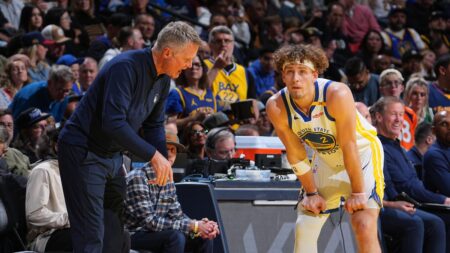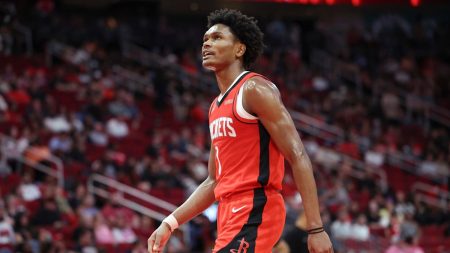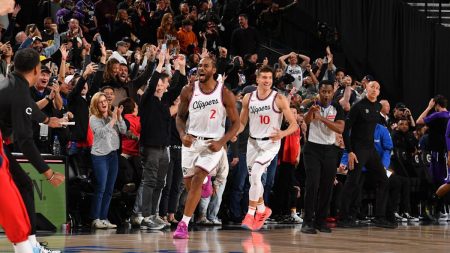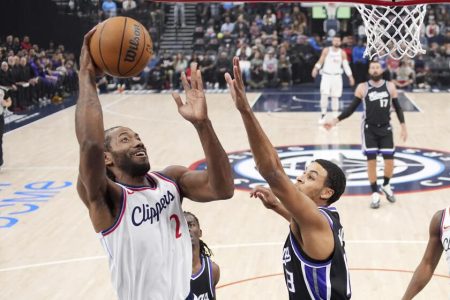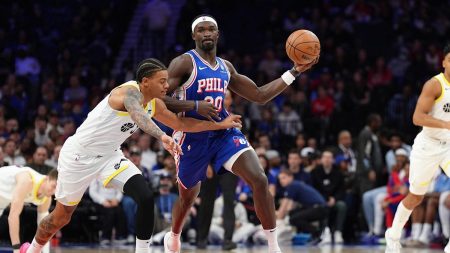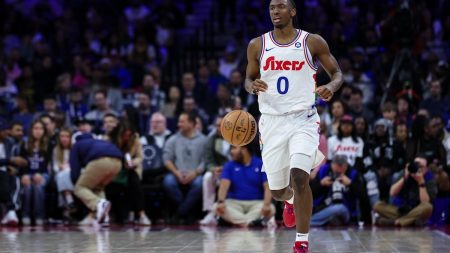The Consequences of Exceeding the NBA Salary Cap
When the NBA’s latest collective bargaining agreement (CBA) was introduced, it was designed to discourage teams from carrying excessive payroll by imposing significant restrictions on those who exceed the salary cap aprons. These limitations, which include 100% salary matching in trades, the inability to acquire players via sign-and-trade, and stringent salary aggregation rules, have made it increasingly challenging for teams to navigate their way through the financial maze. The Philadelphia 76ers, a franchise known for its ambitious spending, are now feeling the brunt of these new rules. With star center Joel Embiid sidelined for the season due to a left knee injury and the team facing serious long-term financial and competitive questions, the situation is more than just concerning—it’s a crisis.
The Contract Quagmire
In September, the 76ers extended Joel Embiid’s contract, adding three years and $192 million to his existing deal, which now runs until 2029. Embiid, who would have earned over $69 million in the final year of his original contract, is now set to earn even more. Just a couple of months earlier, in July, the team handed a max-level contract to former All-Star Paul George, worth $211.5 million over four seasons, including the current one. Shockingly, the Sixers granted George a player option on his final year, valued at $56.5 million, a move that raises eyebrows about their negotiation strategy. George, who turns 35 in May, is currently playing some of the worst basketball of his career, and his decline seems to be accelerating. This leaves the Sixers with a significant financial burden, as Embiid and George’s combined salary for this season alone is over $100.6 million.
Health Concerns and Performance Decline
The combined struggles of Embiid and George are particularly concerning given their age and health issues. Embiid, who has openly admitted that he might never play back-to-back games again, turns 31 on March 16. Despite his recent MVP honors, the question remains whether he can return to All-NBA form or even play half a season consistently moving forward. George, on the other hand, is a shadow of his former self. His contract, which includes the player option, looks increasingly egregious as his performance declines. This season, Embiid has played only 19 games, while George has managed 40. Together, they have scored 1,100 points as the Sixers approach the 60-game mark, a stat that highlights the team’s underwhelming performance and raises red flags about their future prospects.
The Rising Star and Complications Ahead
Adding to the complexity is the presence of Tyrese Maxey, a star in his prime who signed a five-year, $203.8 million max deal this past offseason. At 24, Maxey is a high-caliber All-Star player with years of potential ahead of him, making his contract a more justifiable investment. However, the question remains: How can the Sixers build a competitive team around Maxey when they are saddled with the massive contracts of Embiid and George? Both Embiid and George are nearing the twilight of their careers, and their contracts are becoming increasingly difficult to trade. Teams interested in acquiring either player will likely demand significant compensation to take on such financial burdens, given the players’ declining health and performance. The Sixers are in a bind, and the path forward is fraught with challenges.
The Draft as a Possible Lifeline
One potential lifeline for the Sixers is the draft, but it comes with its own set of risks and uncertainties. Currently, the Oklahoma City Thunder own Philadelphia’s first-round pick, which is top-6 protected. For the Sixers to keep this pick, they need to land within the top 6, which would require some lottery luck. Given their current performance, the likelihood of securing this pick is slim. Even if they manage to keep it and draft a promising player like Duke forward Cooper Flagg, the benefits are long-term. Flagg would offer a fresh start, and his rookie extension wouldn’t overlap with George and Embiid’s expiring contracts. However, relying on lottery luck is not a viable long-term strategy, and the odds are heavily stacked against the Sixers.
Drastic Measures and Uncomfortable Choices
If the Sixers find themselves unable to trade Embiid or George, they may be forced to consider more drastic measures. One unspoken but increasingly plausible option is exploring the trade market for Tyrese Maxey. Despite his value, the Sixers could potentially use Maxey to attract a team willing to take on bad money, thereby securing more draft-pick compensation in return. This strategy, while painful, could position the Sixers for a brighter future in the late 2020s, when George and Embiid’s contracts are set to expire. By then, the team could have a roster of young players and significant cap space, offering them the flexibility to compete. However, this is a five-year plan, and the interim period promises to be difficult. The alternatives, such as continuing to bear the financial and competitive burden of Embiid and George’s declining performances, are even bleaker. In today’s NBA, where contract efficiency is paramount, the Sixers’ chances of becoming a contender look exceedingly slim unless they can find a way to improve the value they are getting from their biggest investments.


